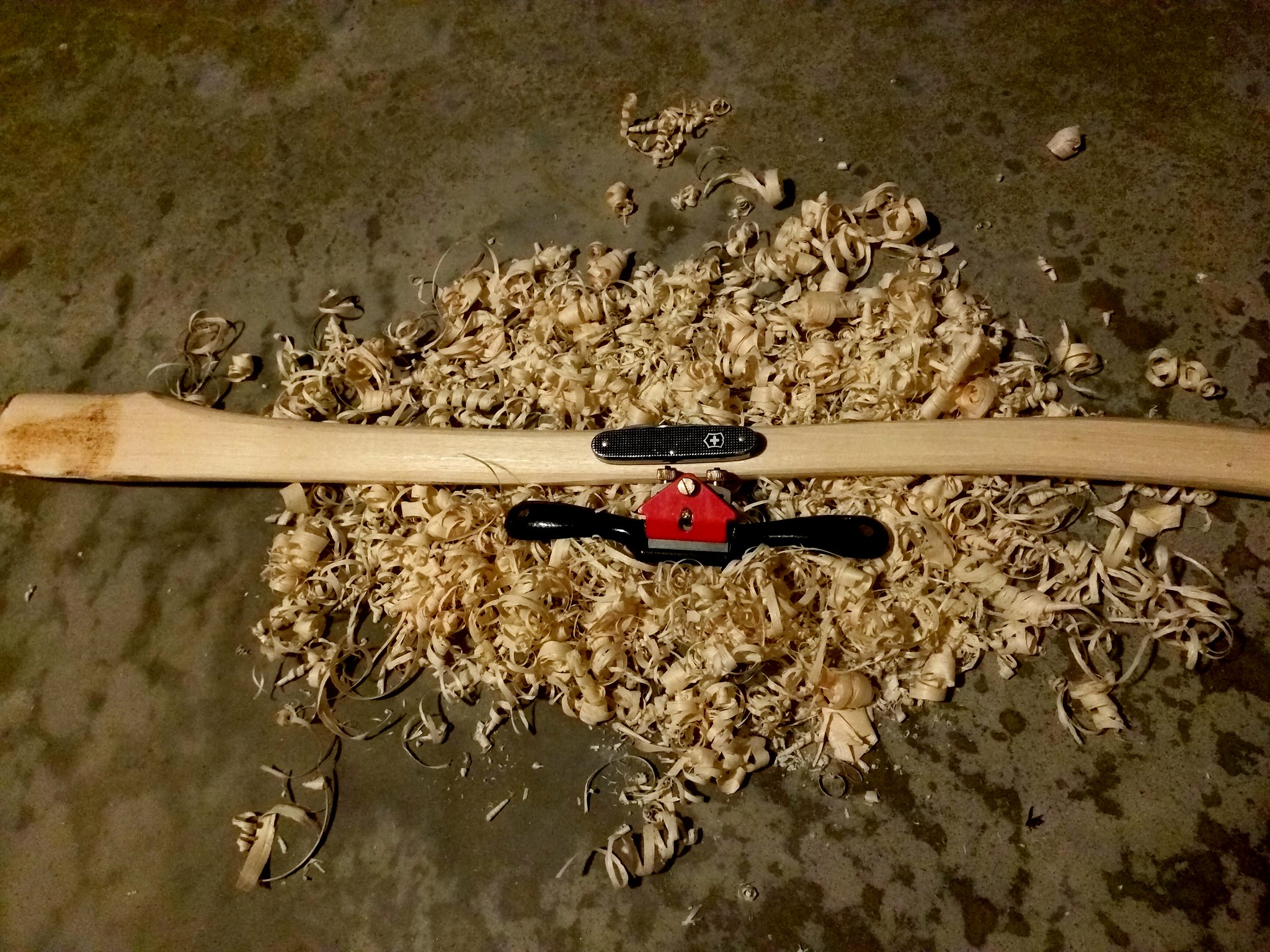- Joined
- Jan 29, 2014
- Messages
- 1,638
It could just be the fruit trees I am familiar with so take it for what it's worth, but the trees themselves aren't strong in life, I just can't picture them being strong in death. I live in Kansas so wind is pretty much part of the deal and fruit trees don't fare well. They blow apart easily and are just generally fragile.
ETA: Not sure that would stop me from making a hatchet handle from it though. I made one from Red Bud which is worse than fruit trees I imagine.
ETA: Not sure that would stop me from making a hatchet handle from it though. I made one from Red Bud which is worse than fruit trees I imagine.







 Broken Pear Handle
Broken Pear Handle
 Handle shaping
Handle shaping